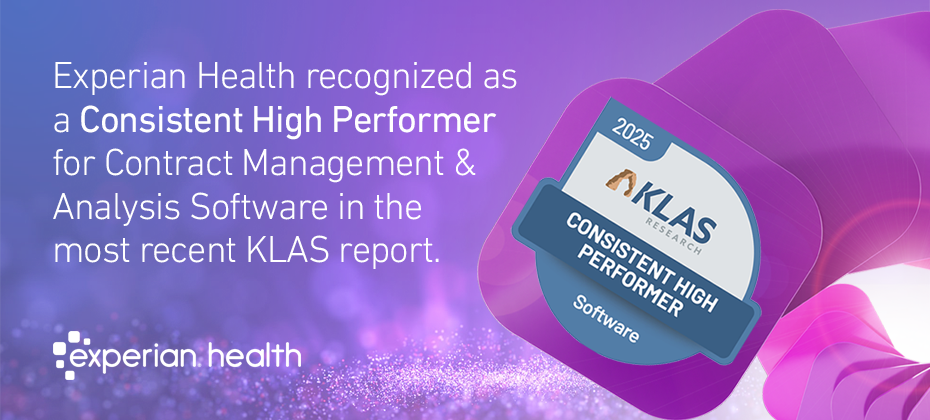
Collections were tough even before COVID-19 hit. Provider’s bottom lines were already strained, and the high-deductible trend continued, putting patients on the hook for a bigger chunk of their medical bills.
A highly volatile – but improving – employment environment hasn’t helped, and some patients’ ability to pay hasn’t kept pace with their growing financial responsibilities. Many have new health plans, lapsed coverage or are more focused on other debts, making collections even less predictable. Providers may also feel that payer policy changes haven’t made recouping lost pandemic revenue any easier, with some losing two whole business days per week to completing prior authorizations. It’s no wonder that nearly one in five providers have overhauled their patient collections strategy in the last year.
Now, after a year of the pandemic’s impact on revenue, three dominant trends continue in this space: rising patient balances, an accelerated move toward innovative payment experiences that are moving toward digital engagement as a preferred option to paper or “payment at the counter,” and a realization that compassion is a key factor in solving this challenge.
Avoiding new pitfalls in patient collections
Go-to strategies for improving patient collections before the pandemic might have only included offering more patient payment options, doing more to check for missing coverage, or focusing efforts on patients who are most likely to pay. These are sensible options but, if implemented poorly, they’re more of a band-aid than a cure. Some shortcomings include:
- Models relying on historical payment data don’t show the full picture
Providers know that focusing their collections efforts on patients who are most likely to pay is the most efficient approach. But determining a patient’s ability to pay on historical payment data alone is likely to be unreliable.
Experian Health’s research suggests that when a collections model relies on historical data alone, around 50% of accounts end up being worked on the basis of no data at all. New accounts are assigned to a “highly likely to pay” segment, whether or not that reflects the reality of their situation. This model costs four times more than utilizing Experian Health’s Collections Optimization Manager, which can predict the ability of patients to pay, even without historical payment, by using multiple data sources.
Collections based on limited data will require more resources to work more accounts, but which ultimately will collect the same as collections based on multiple data sources.
- Beware of artificial claims about artificial intelligence
To streamline workflows and avoid losing staff hours to inefficient processes, many providers are turning to automated patient collection solutions. Artificial intelligence in healthcare is an exciting prospect, but not all solutions are what they seem.
Matt Baltzer, Product Director at Experian Health, says:
“Many collections tools claim to use artificial intelligence when they’re really using basic automations based on incomplete data. Since the quality of the output is only as good as the data that’s put in, the insights generated by these tools will be severely limited.”
To solve the collections workflow challenge, providers need an end-to-end strategy that integrates multiple high quality data sources, intelligent analytics and a responsive platform that learns and adapts in order to prioritize patients and communicate with them in a way that makes collections easier.
- Cash payments and price transparency can be part of, but not all of, the solution
One way to smooth out a bumpy revenue cycle is to offer discounts to patients who pay in cash. It saves on admin costs and guarantees at least some of the bill will be paid. While this makes sense for minor ailments, admin and treatment costs for chronic conditions and major medical events remain persistently high. A resilient collections strategy needs to work across the board, addressing the many treatments, procedures and care plans that providers deliver and manage every day.
Requirements for improved collections, post-COVID-19
The cohesive, integrated model that providers need has the following key elements:
- Multi-data sources for comprehensive analysis
Optimal collections modeling uses different sources of data to build a more reliable prediction about a patient’s ability to pay. Combining credit data, behavioral modeling and socio-economic insights can help providers better understand their patients’ financial situation and group them accordingly – quickly and accurately.
- Convenience and clarity for patients and staff
Automated workflows with easy-to-use interfaces will make collections easier for staff, and eliminate time-wasting manual tasks. At the same time, a smoother, more targeted collections process means staff can engage with patients on the basis of accurate information, with fewer (and less stressful) calls and emails.
- Advanced data analytics and automation for fewer errors and denials
In-depth data analytics allow providers to screen and segment patients quickly to help prioritize accounts by payment probability, to achieve a higher rate of collections. A tool such as Collections Optimization Manager will evaluate collection performance in real-time, to help providers forecast patient payments and avoid bad debt.
- Expert consultancy support to stay on top of industry trends
With the payments landscape in constant flux, having an expert on hand to help navigate the changes and advise on industry trends is a major asset. Experian Health’s team stands ready to help providers monitor and improve collections with industry insights and best practice strategies.
Find out how Collections Optimization Manger can help your organization avoid patient collections pitfalls and reduce lost revenue in the wake of the pandemic.


